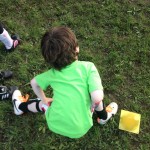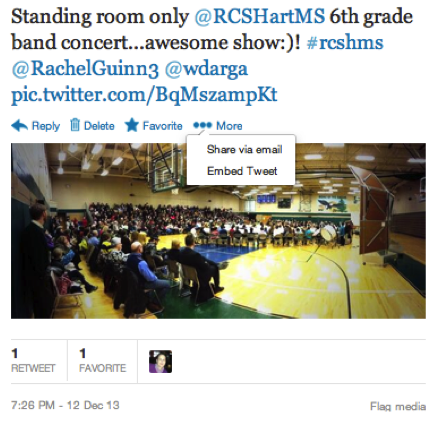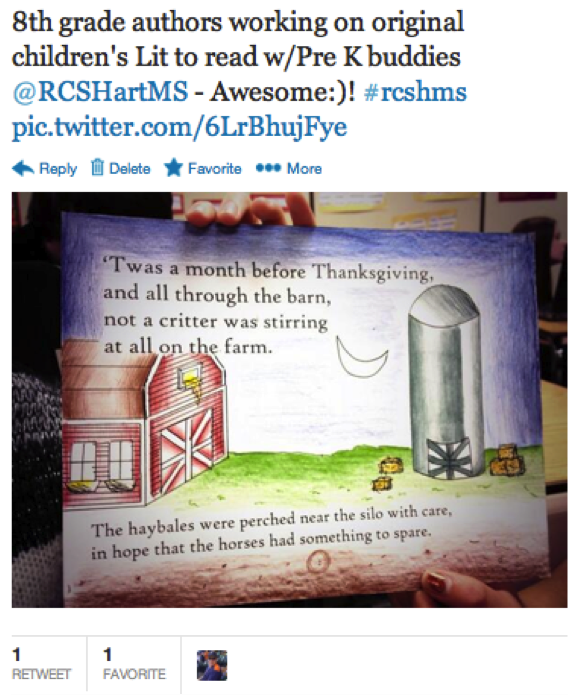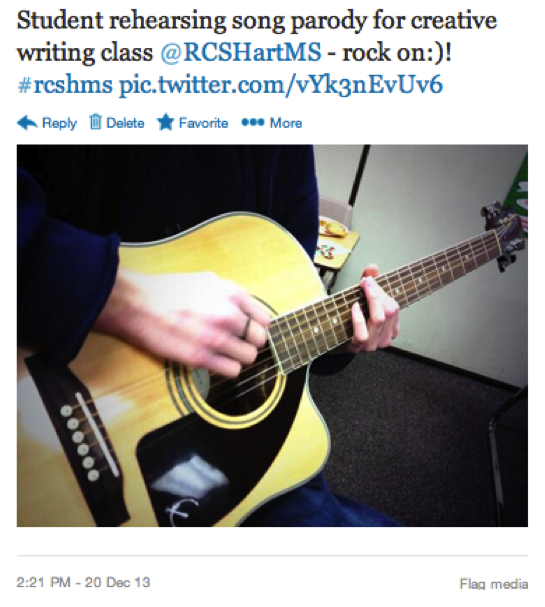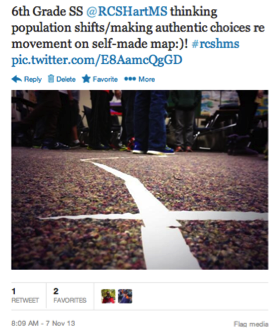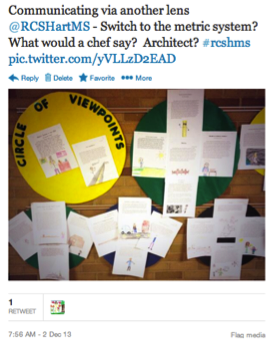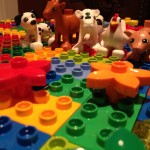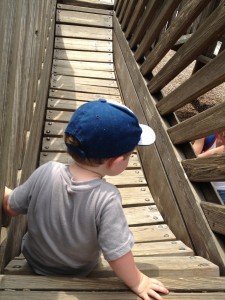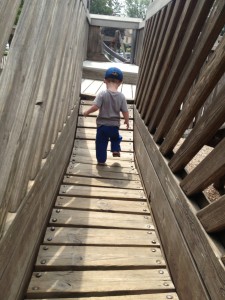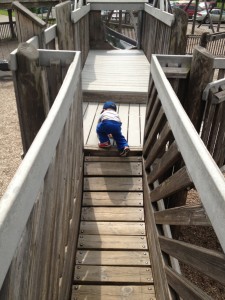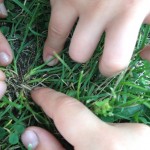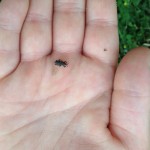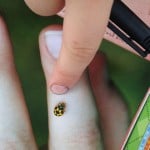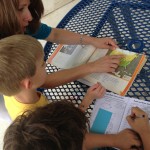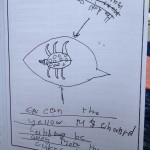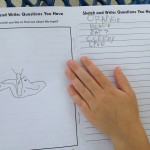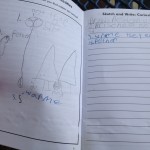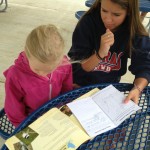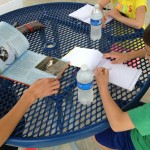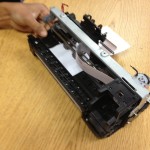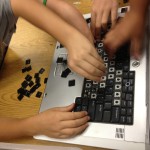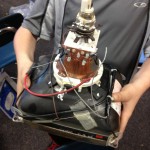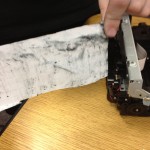This past week I was charged with putting together a presentation on Cognitive Learning Theory to deliver with a partner who would be doing the same, only on Constructivism. In the end, we worked to draw parallels in a combined effort at outlining learning theory in practical ways. Our intention in doing so was to inform best instructional practices from an educational leadership perspective, both for adults and children as learners. We delivered our presentations on Wednesday evening. I know what you’re thinking…my invitation must have been lost in the mail. Please don’t feel left out. While you were walking your dog, eating a lovely dinner with your family, or catching up on some pre-recorded episodic television, seven lucky educators were excitedly engaged in our riveting presentation. That’s my story and I’m sticking to it.
Regardless of the visceral enthusiasm that you may or may not feel upon hearing about the event, there was some content that might be useful to you, whether you’re in educational leadership…directly responsible for the ongoing learning and growth of various adult stakeholders in your school community, or a classroom teacher…responsible for the same with regard to your students. Below are some summative thoughts from our take on how Cognitive Learning Theory and Constructivism might inform instructional design (for my reflection and your consideration).
How are you delivering information? Learners come with some degree of knowledge, some individualized skill bases, and unique levels of readiness. To varied extents, with care not to pigeonhole or limit, children at any age should be viewed as developmentally ready or not for processing further information and attaining certain skills. Adults, in part because they have complex lives, filled with distractions, frustrations, interests, and aversions, can similarly be thought of as developmentally ready or not.
For adult learners, it could be argued that the intake of particular information, and the development of particular skills, is sometimes preempted by frame of mind. For example, considerations like emotional availability, political culture, and relationship structures can be viewed as motivators or deterrents, and should not be overlooked when designing professional learning structures in school communities. Also, even in ideal, collaborative school climates, knowledge of assorted learning styles is essential. Some adult learners receive information well through lectures and presentations, others are better served to read articles and process on their own, while a third group might benefit from experiential, hands-on activities.
Are you offering tools and time to process? Do you include structures in your lesion planning (classroom or PD) that give learners the opportunity to reiterate or clarify information that is being delivered. Children and adults tend to come into learning situations with a framework that is in many ways unique. Whether individually, with partners, in small groups, or through the facilitation of whole group discussions, it can be beneficial for learners to reflect on the intake of information, and to consider the reflection of others. In what ways do you work to solidify the consumption of information, for individuals…and for the group?
In what ways do you perpetuate the making of connections? When content isn’t relevant to the learner, the learner tends to be less engaged…or not engaged at all. What is the meaning of any given learning or developmental scenario? In what ways will the learner be able to incorporate new knowledge and skills into his/her paradigm, and make them useful in his/her daily life? This is where the problem comes in. “What’s your problem?” is an essential educational question. We learn in the name of progress. Educators are charge with the development, implementation, and maintenance of programs, systems, and structures that help stakeholders move along pathways of next steps aimed at achievement (students first and foremost, but all stakeholders to that end).
Problem solving is a key ingredient in forward progress along those pathways…and, in order to solve problems, we need to have problems to solve. One approach to critical processing with regard to relevant problem solving is the incorporation of problem finding into the learning process. What structures can you put in place that will allow your learners to think of and explore problems that are relevant to them and their individual and collective developmental pathways? How can you help them put the learning into play, in real time, and in meaningful ways? What can you do to provide experiences that parallel, or even resemble the experiences for which the learning is intended to inform and enhance? Again, what’s your problem? What’s their problem? By what processes can it…and will it be solved?
What’s the bottom line? Through a relatively basic lens, when combined, Cognitive learning Theory and Constructivism contend that our brains are hard wired to make sense of the world in which we live. We are always in the process of construction new knowledge and developing new skills. Our brains take in information, process it, make sense of it, store it, and access it when needed. Additionally, there is a social component of learning and development that, when incorporated into instruction can add depth to development and enhance the process/outcomes for everyone involved. The social component, when accessed effectively, can build comprehension by adding multiple perspectives to an otherwise individual experience.
This post is filled with questions rather than answers, in large part because I’m much better at asking questions than I am at giving answers. It’s how I learn. My hope is that considering these questions will assist me (and anyone else who cares to consider them) better design learning opportunities to meet the relevant and connected needs of my school community (and theirs), and effectively address the many meaningful ways in which we each contribute to the progress of the world at large.
Dream Big. Work Hard. Be Well.
